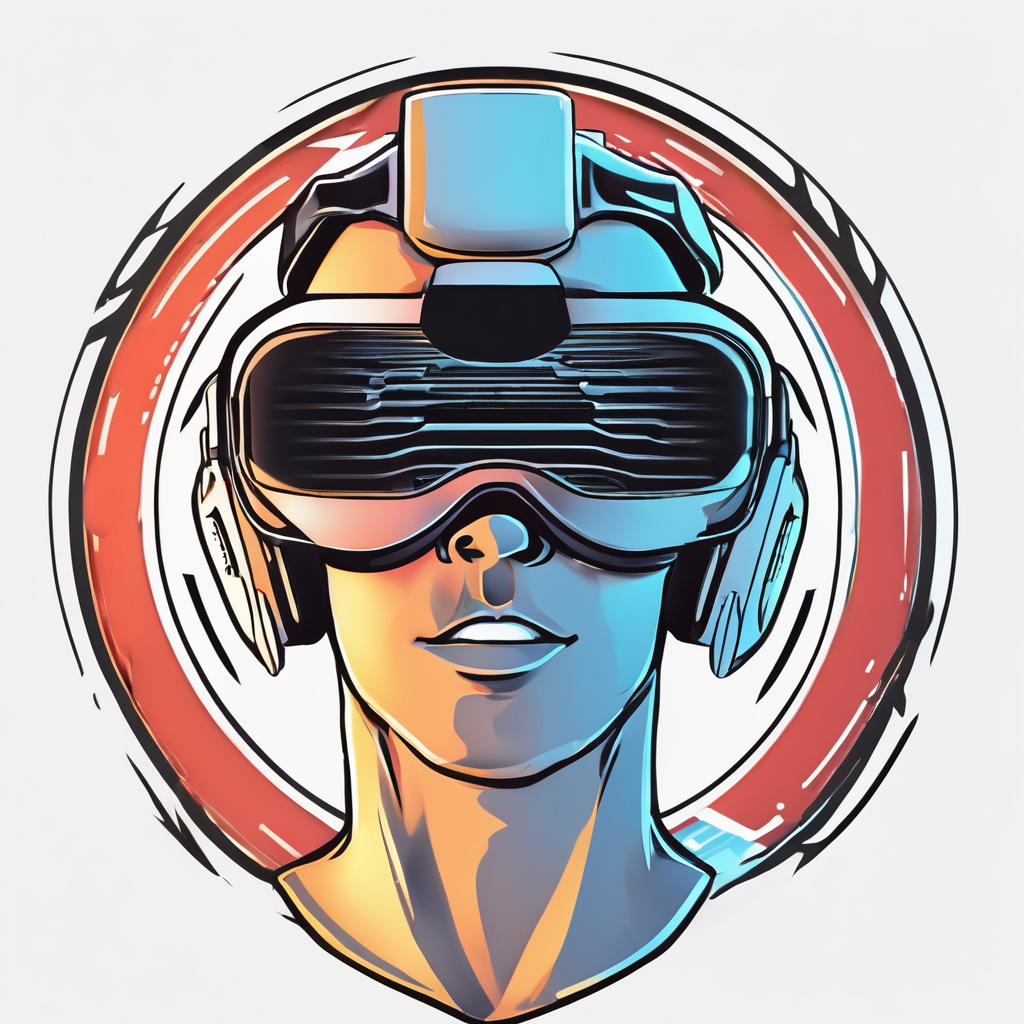Immerse yourself in the breathtaking world of Augmented Reality (AR) games, where the real world is seamlessly blended with computer-generated information. This is a zone where neural networks play a crucial role, contributing significantly to real-time object recognition. The ripple effects of this technology in AR games are remarkable. This article will explore the manifold benefits that neural networks bring to the table, enhancing the gaming experience, and taking it to a completely different level.
Improved gaming experience with real-time object recognition
For a game to be truly immersive and interactive, it should be able to respond to the inputs of the players in real-time. This is where the role of neural networks comes into play. Neural networks facilitate real-time object recognition, enabling the game to respond to the players’ actions instantly.
In the same genre : How can real-time ray tracing enhance the realism of reflective surfaces in racing games?
Neural networks are a type of machine learning algorithm modeled after the human brain. They consist of interconnected layers of nodes, or "neurons," which can learn to recognize patterns in data. When applied to AR games, they allow the game to understand and respond to the real-world environment in which it is being played, creating a truly immersive and interactive experience.
One of the primary benefits of using neural networks is their ability to learn from experience. They can be trained to recognize different objects and respond to them in specific ways. For example, in a shooting game, a neural network could be trained to recognize a gun in the player’s hand and respond by firing bullets in the game. This real-time object recognition profoundly enhances the gaming experience, bringing the game to life in the player’s real-world environment.
Also read : What are the most effective methods for reducing latency in cross-country cloud gaming?
Enhanced accuracy and precision
Accuracy and precision are vital elements in AR games, and neural networks significantly improve these aspects. They make use of ‘deep learning’, a subset of machine learning, which is excellent for recognizing patterns and making accurate predictions.
A neural network trained on a vast dataset can recognize minute details that might be missed by the human eye. For instance, in an AR game that involves identifying objects or characters, the neural network can make precise identifications even under challenging conditions, such as poor lighting or fast-moving objects. This level of detail significantly improves the realism and immersion of the game, leading to a more engaging and enjoyable experience for players.
Adaptable to changing environments
Another significant benefit of using neural networks in AR games is their adaptability. They can learn and improve over time, adapting to changes in the environment and the players’ behavior.
For instance, suppose you’re playing an AR game that involves navigating through a virtual city. The neural network can learn from your actions and adapt the game to your style of play. If you tend to take shortcuts, it might start creating more challenging shortcuts. If you prefer a direct route, it might modify the city layout to provide more direct paths. This adaptability can make the game more engaging and personal to each player.
Efficient data processing
Neural networks are exceptionally good at processing vast amounts of data quickly and efficiently. This is crucial for AR games, which need to analyze real-world input from the camera, and respond in real-time.
The efficiency of neural networks stems from their parallel processing capability. Unlike traditional computing models, where data is processed sequentially, neural networks can process multiple pieces of data simultaneously. This allows them to analyze and respond to the real-world environment much faster than other methods, leading to a smoother and more responsive gaming experience.
Seamless integration with AR technology
Lastly, neural networks integrate seamlessly with AR technology, complementing and enhancing its capabilities. AR technology is all about overlaying virtual elements onto the real world, and real-time object recognition is a crucial part of this process.
With their ability to recognize patterns and learn from experience, neural networks can recognize objects in the real-world environment and overlay the appropriate virtual elements. This seamless integration enhances the realism and immersion of AR games, providing a truly unique and engaging gaming experience.
In a nutshell, the use of neural networks in AR games leads to improved real-time object recognition, increased accuracy, adaptability, efficient data processing, and seamless AR integration. These benefits take the gaming experience to a new level, making it more immersive, interactive, and personalized. Now that you know how neural networks enhance AR gaming, it’s time to immerse yourself in this impressive technology and experience the evolution of gaming firsthand.
Advanced Customization Opportunities with Neural Networks
One of the most fascinating aspects of neural networks is their ability to offer advanced customization opportunities in AR games. Customization is a key feature that elevates the overall gaming experience, making games more engaging and personalized to individual players. Being designed around the concept of learning and improving, neural networks shine in this aspect.
Neural networks can analyze player behavior and preferences over time and adjust the game dynamics accordingly. They can recognize patterns in a player’s actions and adapt the game environment or storyline based on these patterns. For instance, in an AR game that involves solving puzzles, the neural network can learn the types of puzzles a player prefers or excels at and create similar challenges in the future. Similarly, if a player struggles with a certain type of challenge, the game can offer helpful hints or alternative routes, making the experience more enjoyable and less frustrating.
Moreover, neural networks can also contribute to character customization in AR games. They can analyze the player’s appearance and motions and use this data to create a unique avatar that mirrors the player’s real-world movements. This level of customization can significantly enhance the player’s sense of immersion, making the game feel more like a personalized extension of their reality.
By providing advanced customization opportunities, neural networks contribute to creating a unique, engaging, and immersive gaming experience. They allow each player to have a unique journey tailored to their preferences and abilities, making AR games more enjoyable and memorable.
In conclusion, the benefits of using neural networks for real-time object recognition in AR games are manifold and transformative. They enhance the gaming experience by enabling real-time interaction, improving accuracy and precision, adapting to changing environments and player behavior, processing data efficiently, and offering advanced customization opportunities.
Neural networks’ ability to learn from experience and adapt to new information makes them an excellent fit for AR gaming. They offer an impressive level of realism and immersion, making games more engaging and interactive. Moreover, the advanced customization opportunities they provide make each gaming experience unique and personalized to individual players.
As technology continues to evolve, we can expect to see even more innovative applications of neural networks in AR gaming. Given their potential, neural networks are set to revolutionize the gaming industry, taking it to new heights of immersion and interactivity. As we venture further into the future of AR gaming, the role of neural networks will become increasingly significant, shaping the way we play and experience games.
As the gaming industry continues to innovate and push the boundaries, neural networks will undoubtedly be at the forefront of this technological revolution. The future of AR gaming is here, and it’s incredibly exciting. So get ready to immerse yourself in this breathtaking world, powered by the incredible capabilities of neural networks.











